
Fearless Women
Jul 14, 2017 By Meredith Katz | Commentary | Pinehas
Many narratives coalesce in Parashat Pinehas, and it is challenging to review without connection to the current political and social climate. The daughters of Zelophehad make a proposal to inherit their father’s portion, as part of a land division framework aiming toward equality: “to the more thou shalt give the more inheritance, and to the fewer thou shalt give the less inheritance.” The daughters raise their claim with Moses et al. as women, demanding their right to inherit in the absence of any sons, a significant step for women in ancient times that is then added to the canon.
Read More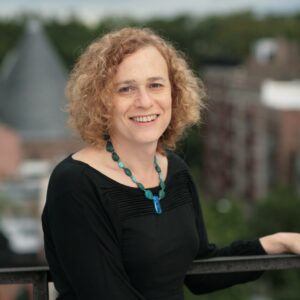
Gender Inside and Outside the Camp
Apr 28, 2017 By Joy Ladin | Commentary | Metzora | Tazria
The idea that others would examine and report on intimate details of our bodies—that such things would be of communal concern, and subject us to institutional regulation—may seem archaic. But as transgender people know, when it comes to gender, this kind of surveillance is alive and well.
Read More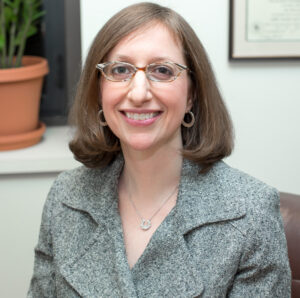
The Emergence of Praise
Dec 9, 2016 By Julia Andelman | Commentary | Vayetzei
Our parashah begins with Jacob’s profound, life-changing encounter with divinity: his dream of the ladder; his vision of God promising that his descendants will multiply and be blessed; and his vow that “if God remains with me…the Lord shall be my God” (Gen. 28:20-21). But our parashah includes another profound, life-changing moment of connecting to God—a less famous one—experienced by Leah. After giving birth to three sons and naming each of them in accordance with aspects of her life experience, Leah gives birth again and says hapa’am odeh et Adonai (Gen. 29:35)—this time I will praise/thank/acknowledge the Lord—and names her son Judah (Yehudah, from odeh).
Read More
Hesed Depends on Saying No
Nov 25, 2016 By Lilly Kaufman | Commentary | Hayyei Sarah
Of all the lessons that Parashat Hayyei Sarah teaches us about hesed (kindness), perhaps its most important lesson can be summed up in the word “no.”
Rebecca, the heroine of the parashah, is both physically and ethically strong. She can lift a heavy water urn with ease, and she possesses a deep graciousness called hesed. When she gives water to Abraham’s servant, Eliezer, and his camels, she fulfills Eliezer’s eloquent prayer, in which he appealed to God moments earlier to find a fitting wife for Isaac. He names the value of hesed twice in this brief prayer (Gen. 24:12, 14), and his prayer is answered so rapidly and completely by Rebecca’s action that Eliezer is stunned (Gen. 24:21).
Read More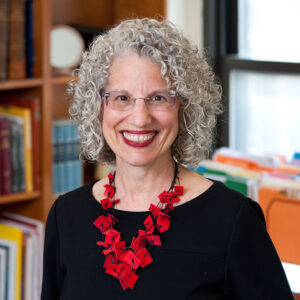
Adele Ginzberg’s Sukkah
Oct 21, 2016 By Shuly Rubin Schwartz | Commentary | Sukkot
Such a luscious array of branches and gourds proudly displayed by Adele Ginzberg—wife of JTS Talmud professor Louis Ginzberg—as she prepared to once again adorn the JTS sukkah!
This photo from The JTS Library evokes for me the loving care with which many early twentieth-century JTS faculty wives cultivated religious spirit and community.
Read More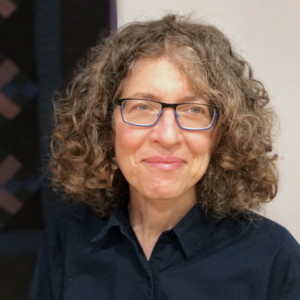
Purim Heroines
Mar 18, 2016 By Stefanie B. Siegmund | Commentary | Purim
I did not wear the crown and satiny dress, or stand in line for the beauty pageant. Queen Esther was not a role model I—or many other children—could choose. Later, in the academy, I understood that Esther’s subterfuge and seduction were the strategies of the weak, the politics of the minority.
Read More
Including Women in the Covenant
Aug 14, 2004 By Matthew Berkowitz | Commentary | Re'eh
Every year, Shi’ite Islam recalls the martyrdom of a central figure in its sacred history of Husayn ibn Ali, grandson of Muhammad. This annual observance is called Ashura, and it occurs on the tenth of the month of Muharran. Shiites, particularly in Lebanon, Iraq and Iran, engage in a bloody ritual of self-flagellation – extreme mourning that transports the devotee to the Battle of Karbala (October 10, 680). This rite is the most graphic illustration of a Toraitic prohibition found in Parashat R’eih. At the beginning of Deuteronomy 14, we read, “You are children (banim) of the Lord your God. You shall not gash yourselves (lo titgodedu) or shave the front of your heads because of the dead.”(Deuteronomy 14: 1) What is the literal meaning of (p’shat) in this verse? How do the Rabbis reread this verse? And, what does this seemingly archaic prohibition teach us today?
Read More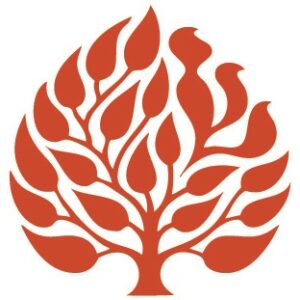
Rav Hisda’s Daughter
May 14, 2013 By Library of the Jewish Theological Seminary | Public Event audio
Maggie Anton, the award-winning author of the historical fiction series Rashi’s Daughters and Rav Hisda’s Daughter, a Talmud scholar with expertise in Jewish women’s history, and an esteemed lecturer, gave this Library Book Talk at JTS on Monday, April 29, 2013.
Read More


